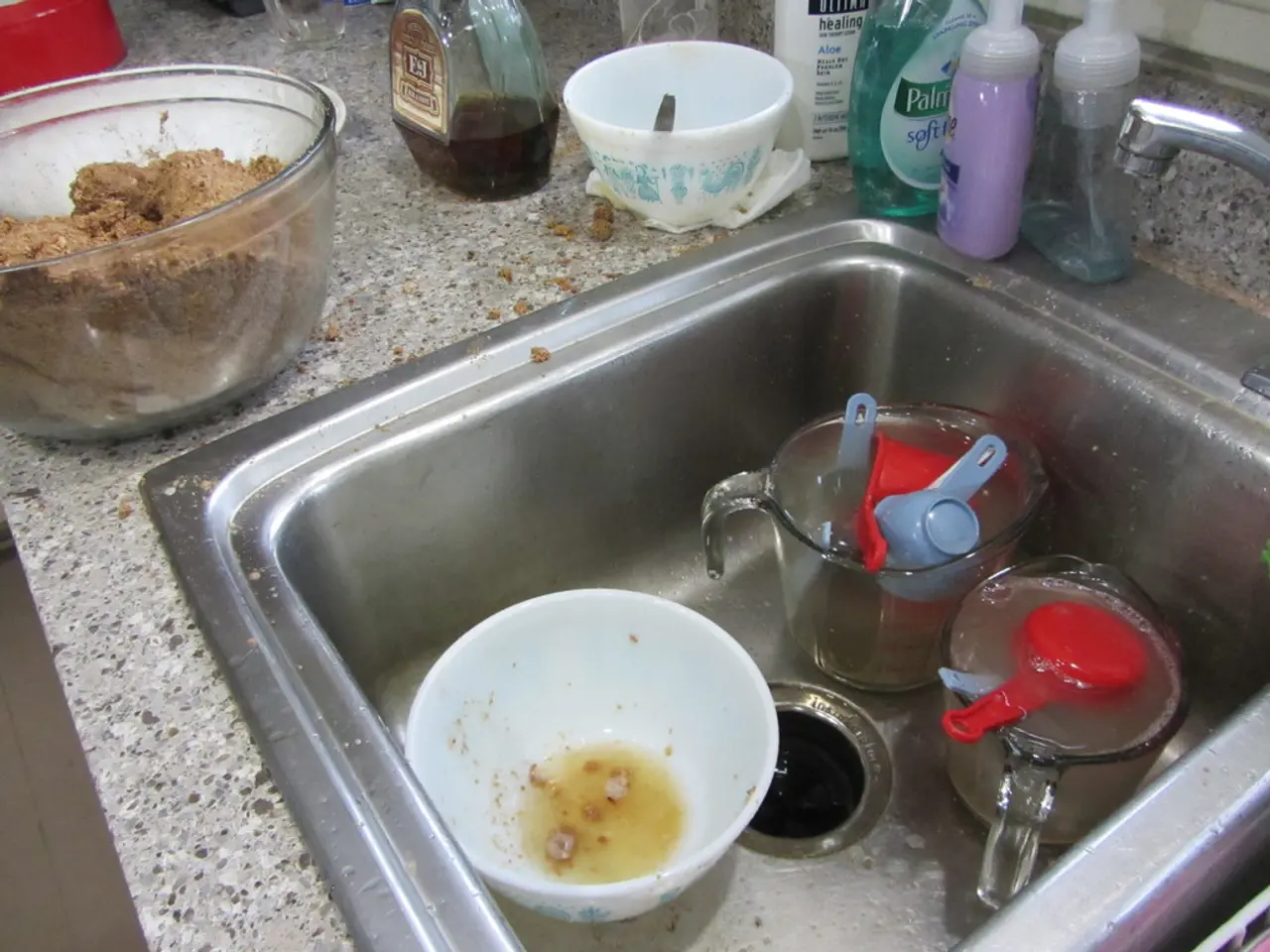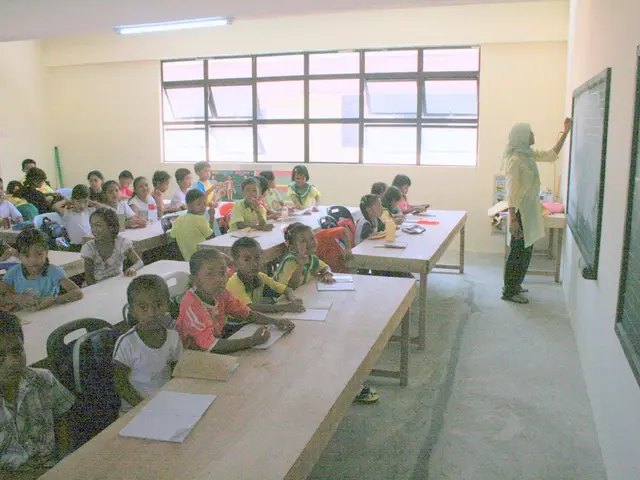Workplace Health and Safety: A Scientific Trade on Preserving Optimal Health Through Industrial Practices
In the rapidly evolving world of work, the field of industrial hygiene is undergoing a transformative period, adapting to the challenges and opportunities presented by modern industrial environments. Industrial hygiene, a scientific discipline focused on identifying, evaluating, and controlling workplace hazards to protect employee health and safety, is increasingly leveraging technology, data analytics, and collaborative efforts to foster a culture of safety and promote proactive risk management.
One of the key trends shaping the application of industrial hygiene in 2025 is the integration of automation and robotics, which reduces direct human exposure in high-risk sectors like construction and manufacturing. However, this advancement also introduces new risks from advanced machinery operation. Artificial Intelligence (AI) and big data analytics are increasingly used to predict hazards, monitor worker health, and optimize safety controls. Innovations such as smart personal protective equipment (PPE) enable real-time monitoring of exposures to noise, chemicals, and temperature, enhancing prevention efforts.
Enhanced chemical and hazard detection is another significant trend, with advances in real-time gas detection technologies and automated safety systems like shutoff valves improving workplace safety against chemical hazards. Biodegradable neutralizing agents also contribute to safer chemical management.
The industrial cleaning chemicals market is growing, driven by stringent hygiene standards in industries including healthcare, food processing, and manufacturing. New, specialized cleaning agents with effective surfactants are pivotal for maintaining workplace cleanliness and controlling biological and chemical hazards.
Regulatory and standards evolution is a global push towards harmonizing occupational health and safety (OHS) regulations, ensuring consistent protection standards across countries. Tightening permissible exposure limits (PELs) for airborne substances such as silica, formaldehyde, and volatile organic compounds (VOCs) reflects a stricter regulatory environment.
The aging workforce presents unique occupational hygiene challenges, requiring tailored approaches to manage increased susceptibility to chronic conditions and injuries. Industrial hygiene is increasingly linked with Environmental, Social, and Governance (ESG) frameworks, aligning workplace health efforts with broader corporate sustainability and social responsibility goals.
Industry groups like AIAG promote health and safety leadership and proactive hazard identification, especially in sectors like automotive manufacturing, which face emerging risks from electrification, automation, and advanced manufacturing technologies.
Wipe sampling techniques, environmental monitoring, and regular surveillance activities such as audiometric testing and pulmonary function assessments are essential components of industrial hygiene. Implementation involves engineering controls, administrative procedures, personal protective equipment, and regular environmental monitoring.
Effective industrial hygiene programs can reduce illness rates by 35-50% and increase workplace productivity by 20-30%. Organizations with robust industrial hygiene programs report 20-30% higher productivity rates compared to industry averages.
Investing in industrial hygiene yields significant returns in worker protection, operational efficiency, and organizational success. A detail-oriented approach to documentation and reporting, project management, and organizational capabilities are essential for professional industrial hygienists, who require specialized education, certification, and expertise in sampling methods, data analysis, and regulatory compliance.
Creating a culture of safety through industrial hygiene isn't just about compliance - it's about fostering a workplace where every employee can perform their duties without compromising their health. By embracing these trends and prioritizing the health and safety of workers, industries can thrive in the modern industrial landscape.
- To combat the evolving risks in high-risk sectors like construction and manufacturing, industrial hygiene is increasingly adopting techno solutions such as automation and robotics, AI, and big data analytics.
- In the realm of health-and-wellness and workplace-wellness, industrial hygiene is leveraging technology to predict hazards, monitor worker health, and optimize safety controls, promoting productivity.
- As part of the increasing link between industrial hygiene and education-and-self-development, industrial hygienists are required to possess specialized education, certification, and expertise in sampling methods, data analysis, and regulatory compliance.
- As a means of personal-growth and career-development, industrial hygiene professionals are finding success in organizations that prioritize worker health and safety, often reporting 20-30% higher productivity rates.
- In an effort to meet the challenges presented by the aging workforce, industrial hygiene is evolving to address the increased susceptibility to chronic conditions and injuries, aligning with Environmental, Social, and Governance (ESG) frameworks for broader corporate sustainability and social responsibility.
- Investing in industrial hygiene's goal-setting and skills-training strategies can lead to a significant reduction in illness rates (35-50%) and increases in workplace productivity (20-30%).
- Adopting therapies-and-treatments like biodegradable neutralizing agents and specialized cleaning agents with effective surfactants can improve chemical and hazard detection, contributing to medically safer workplaces.




